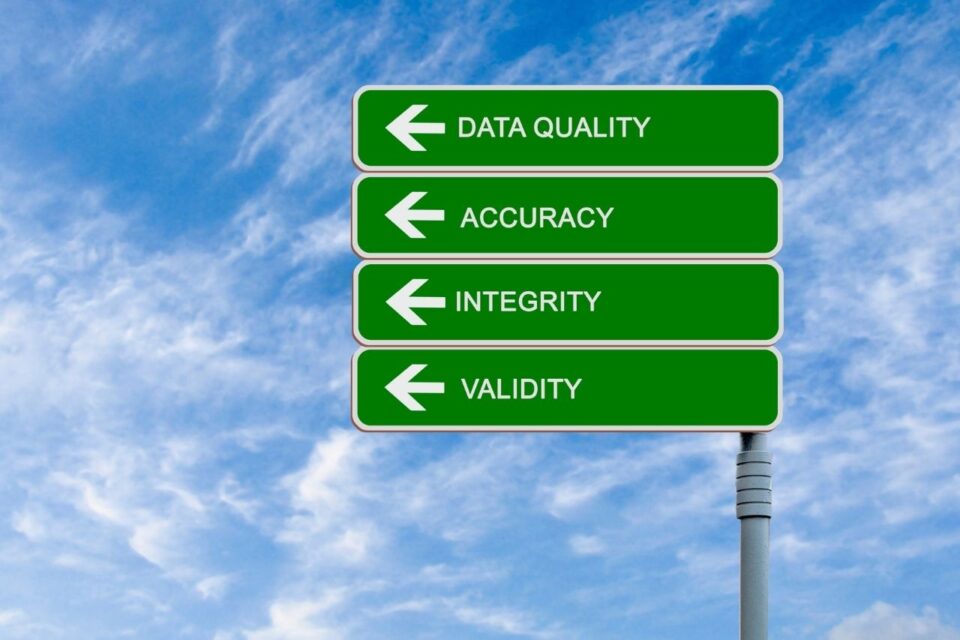
What is financial clearance in healthcare?
March 11, 2021
Revenue Generating Ideas for Hospitals
March 30, 2021When talking about RCM (revenue cycle management), it can be defined as a financial process where medical billing software is used by healthcare facilities in order to track a patient’s complete interaction. It starts from scheduling an appointment and ends when the patient’s final payment is added.
RCM combines the clinical and business aspects of healthcare. It does that by pairing the administrative data (name of the patient, their insurance provider, other personal information, etc.) with the treatment plan for the patient and the healthcare data of the patient.
Listed below are the basics of Revenue Cycle Management when it comes to medical billing.
The Patient Registration Process
Data that includes the insurance verification that is taken in order to process the claim for this service being rendered by healthcare. The RCM company has a strong grip of the record of the patient so that it can support faultless billing.
This information consisting of the patient’s previous appointments is already saved. This will give medical billers an opportunity to verify the details that are provided prior to the claim submission.
Verification Of The Insurance
The insurance of the patient is verified by the medical billing team. They check the patient’s eligibility and responsibilities like deductible, co-pay, and whether the patient has accumulated expenses. Sometimes prior authorization is needed from the insurance company. The staff will use the software system in order to verify the data of the patient for speeding up the work.
The Encounter
After the patient has consulted the healthcare provider, all of the details of the service and the condition will be recorded via video or audio. Doing this will provide more clarity regarding the medications and the condition that the healthcare provider prescribed. That record is submitted to the RCM company to help with the medical billing process and claim the revenue.
The Medical Transcription
The recording is then converted into a medical script and it consists of the complete condition of the patient’s health record. This entire process of converting the recording is known as medical transcription. The transcription is thoroughly checked to make sure there isn’t any false information that can put the patient’s health at risk.
The Medical Coding
The entire transcripted information gets converted into medical codes in order to save time. This entire process is called medical coding, where the patient’s medical condition, services, and prescription is converted into codes.
Going through the entire medical history is a time-consuming process; hence, it is scripted into codes. The medical team is the only part that’s involved in the medical coding.
The Charge Entry
Charges for the services are entered within the sheet prior to claiming from the insurance company. The medical records of the patient are properly monitored and charged. All of the entered changes are going to be claimed through the medical billing company with the insurance for reimbursement. Also, the charge entry sheet shouldn’t have any errors for easy revenue claims.
The Charge Transmission
Charge transmission is when claims are transmitted with correct coding through Electronic Data Interchange (EDI) to the insurance company. Only the clean claims that are error-free are transmitted through EDI. Medical billing claims are known for following a secured plus encrypted transmission process.
AR Calling
An AR caller focuses on increasing payment flow and lower denials in RCM. Their follow-ups with the insurance company ends up increasing payment receivals. They mainly focus on ensuring payment posting for all the services that are offered by the healthcare providers. It’s their job to share accurate information of the patient and correct any errors.
Denial Management
One of the important factors in RCM is denial management. It causes a profitable revenue growth through the reduction of denials with the insurance company. It addresses the denied claims on several issues and keeps a constant follow-up. It takes all the important actions in order to decrease denials and increase the revenue payments.
It also helps in recognizing the causes for denials and reducing the risk of any future denials. The denial management team analyses and does their research on each denied claim, so they can determine the best course of action to take.
Discover The Ultimate Pricing Transparency Solution
If you are interested in a free demo of our AllPayor® Software, please go HERE or you can register for a FREE webinar HERE





